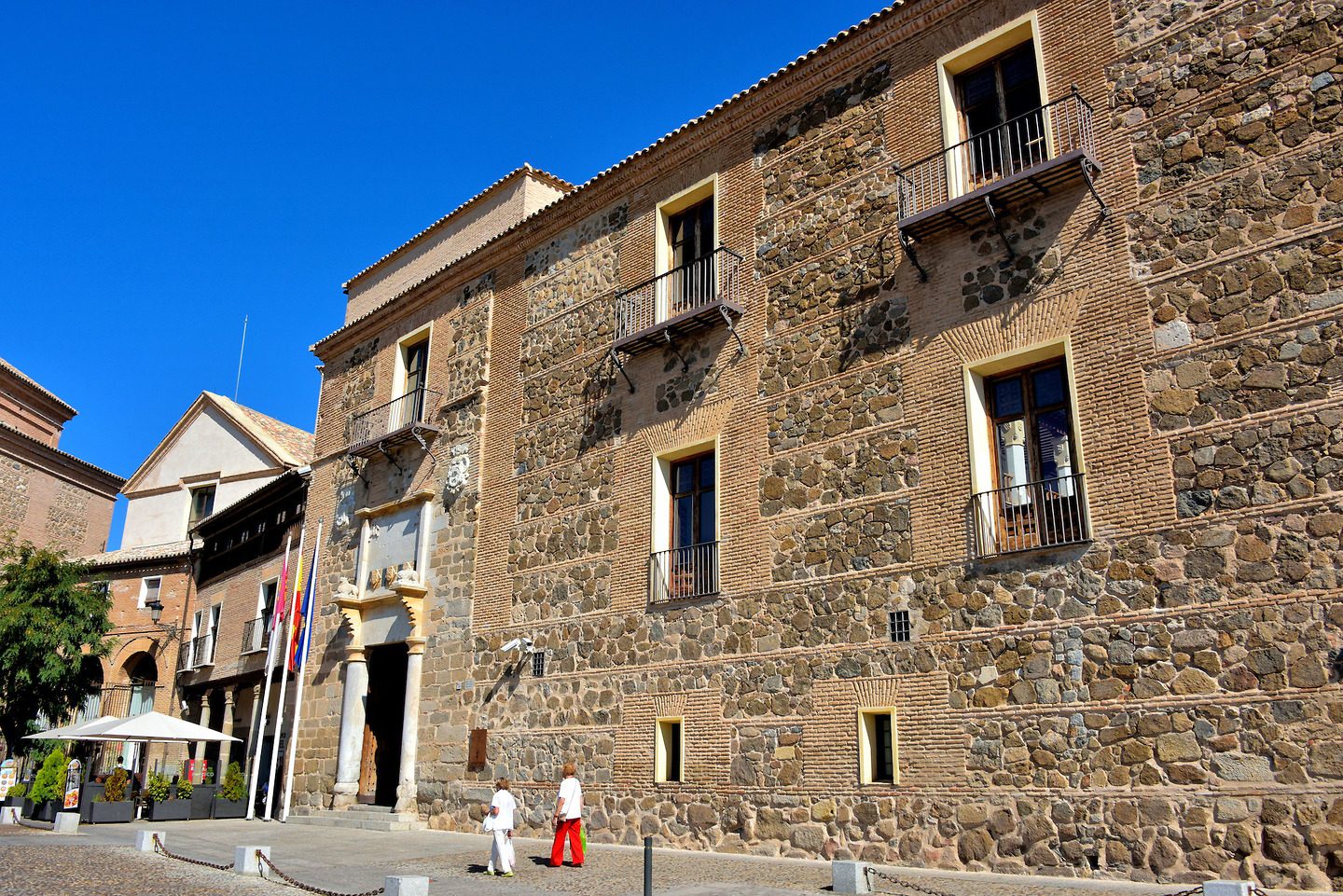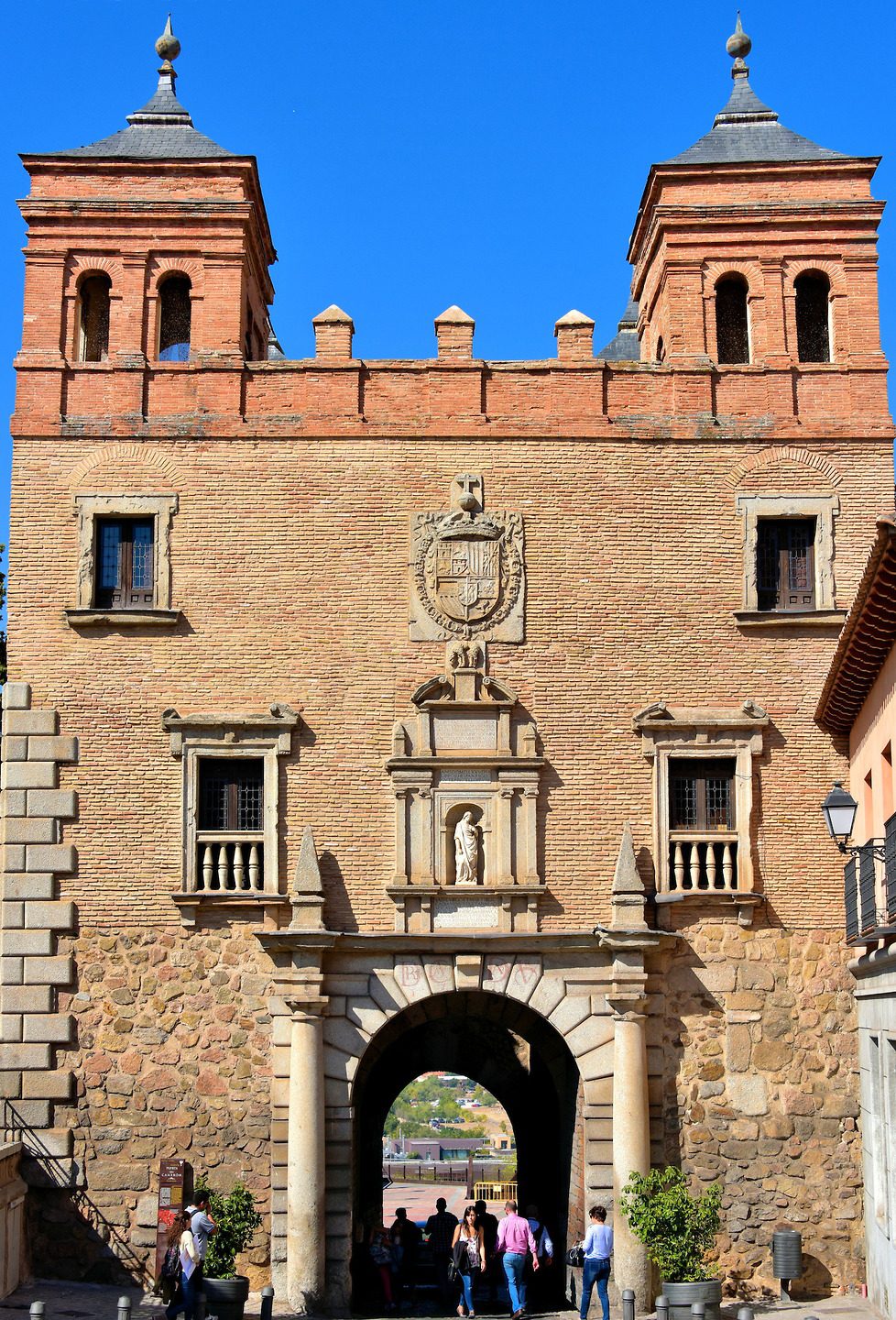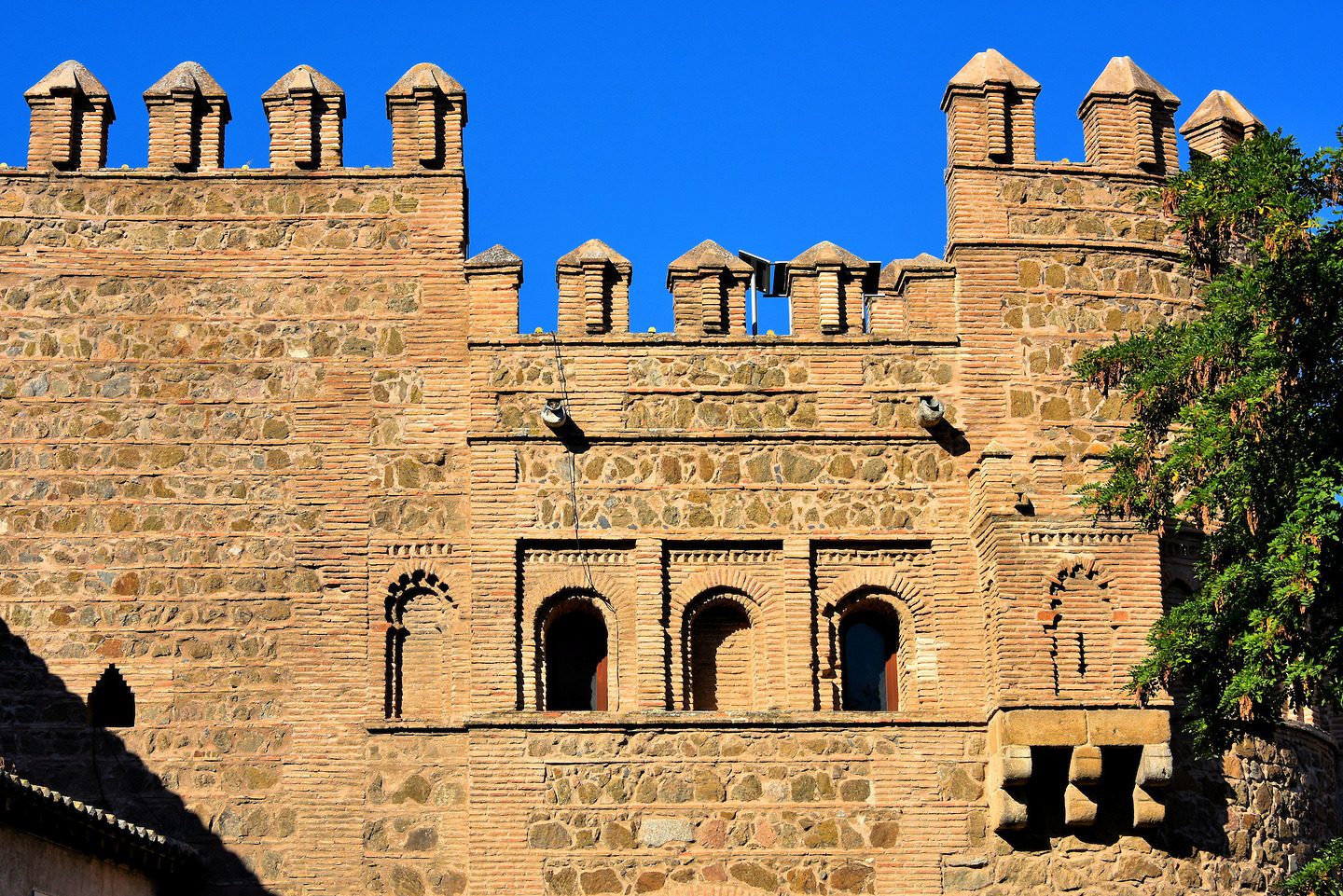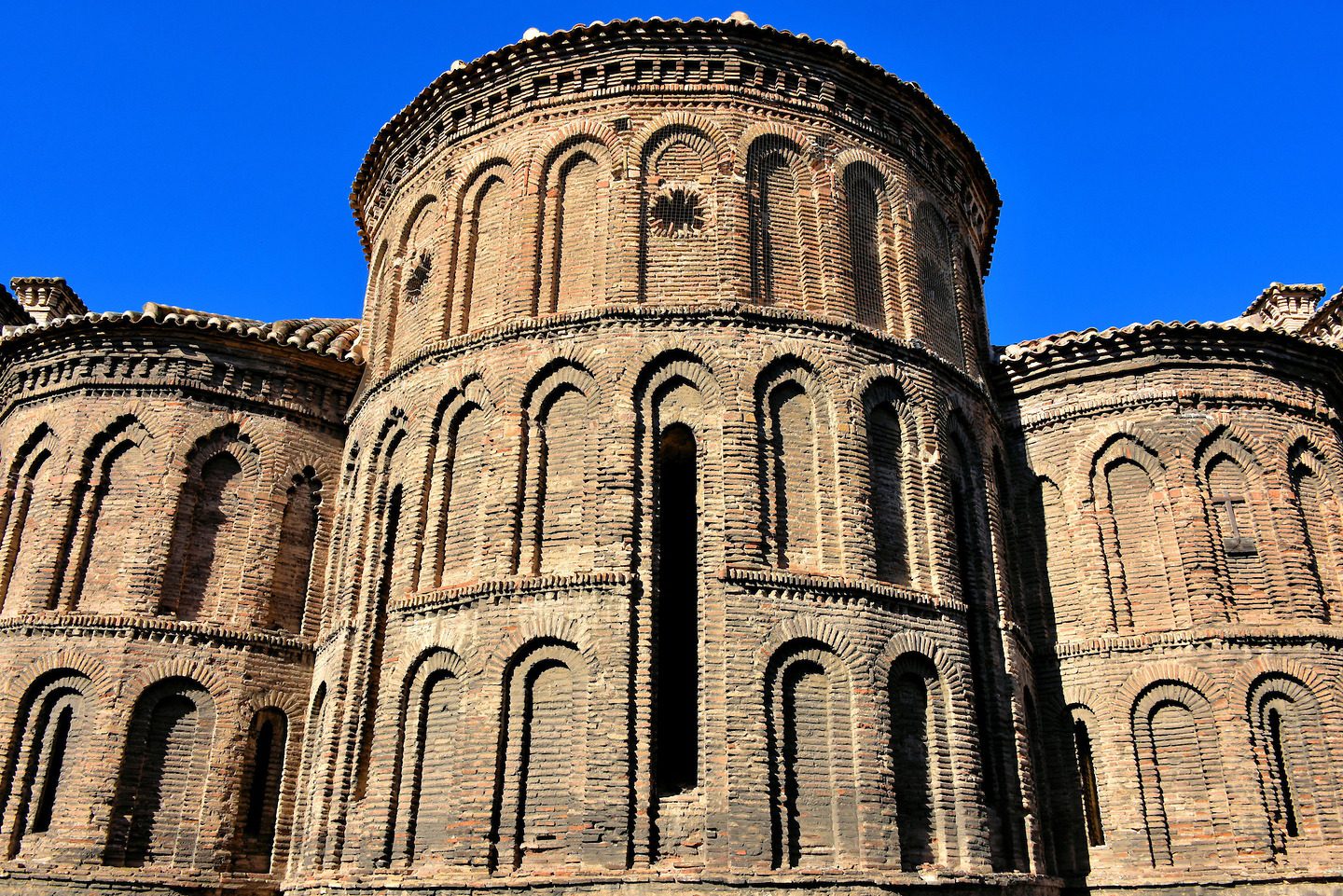Toledo’s designation as a UNESCO World Heritage Site is richly deserved. Within its medieval walls is a treasure trove of landmarks reflecting the city’s occupation by the Romans, Visigoths and Arabs. You will learn about its zenith as the former capital of Castile. Also visit where the early days of the Spanish Civil War were fought in 1936.




































